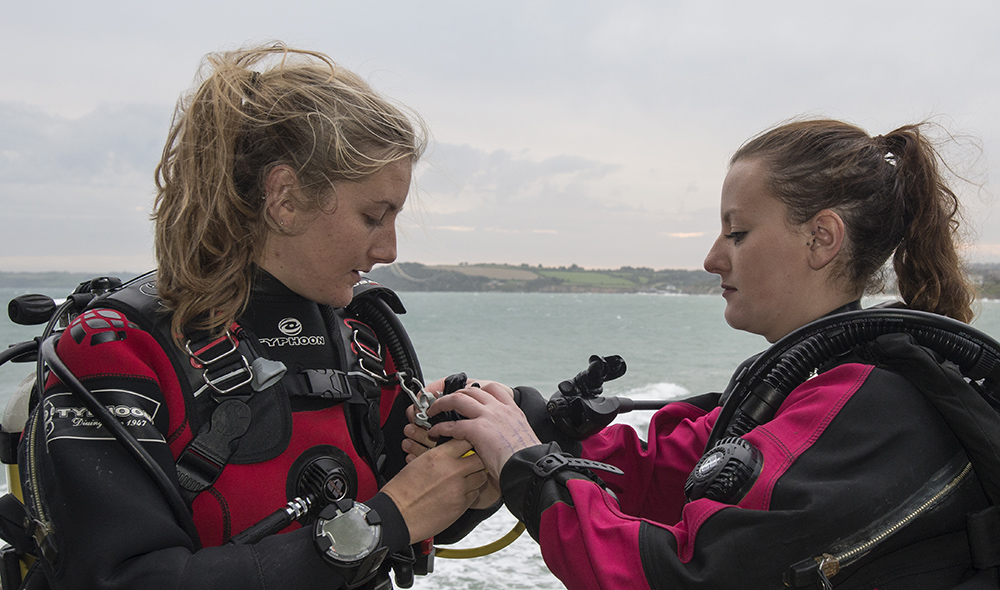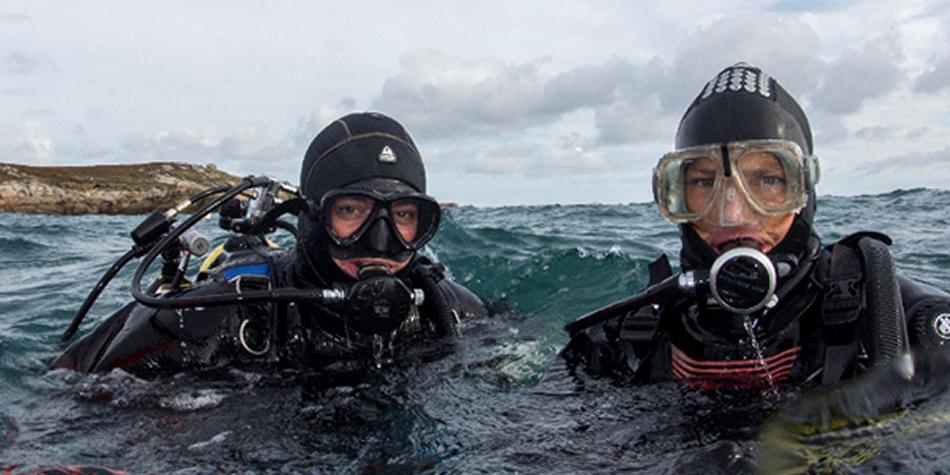
Human factors is often considered a major new topic in risk management but in reality, it is already embedded in existing diver training although is perhaps not emphasised explicitly. Jim Watson, BSAC's Safety and Development Manager explains.
For well over 50 years BSAC has published information on diving incidents in the Annual Report. For much of that time the Incident Advisors have in their summary have made very similar and consistent message to all divers.
It is very obvious that although we might do detailed analysis of all these incidents, a lot – in fact almost 100% of them – can be overcome by following correct training and building of experience.
– Incident Report 1972
Some incidents reported within this document could possibly have been avoided had those involved followed a few basic principles of safe diving practice.
– Incident Report 2021
The message has remained consistent over time despite continued improvements in reliability of equipment, continually improving training and safety guidance and increased and improved understanding of medical implications for diving safety including the potential risks associated with patent foramen ovale (PFO) and immersion pulmonary oedema (IPO). The one variable it is harder to control is human nature and our ability to make mistakes, whether that be through a belief that “it will never happen to me” or simply an inadvertent error in a somewhat unforgiving environment. The recognition of human factors being implicated in incidents and accidents is well known throughout many areas from road traffic collisions through to highly regulated industries such as medicine and aviation.
Human factors is often considered a major new topic in risk management but in reality, it is already embedded in existing diver training although is perhaps not emphasised explicitly. In a similar way Risk Assessment used to be considered an industry requirement but didn’t apply to recreational diving. However, when revising the Diver Training Programme (DTP) in 2002, the authors made subtle but important changes to include the terminology of Risk Assessment and has been consolidated and more detailed since, especially in the recently revised Dive Leader syllabus.
Many individuals consider their recreational activities as an escape from work and the inherent regulations and restrictions and certainly diving promotes an element of freedom and excitement. That doesn’t mean that anyone should take unnecessary risks but our training and diving infrastructure subtly embeds safety measures to help manage human factors and support safer diving. Examples include:
Buddy system
The buddy system is not just a means of everyone having a redundant gas source for themselves on every dive in the shape of a buddy’s AS. The buddy system is an essential, and mutual, monitoring system. This monitoring system is for example proving to be an important tool in recognising and responding to the signs of possible IPO effects and has in recent years helped save several lives.

Dive Manager
A Dive Manager has a pivotal role in organising and managing diving for groups. This begins with planning the sites, checking divers have the relevant qualifications and experience and making up appropriate buddy pairs to mitigate any lack of experience. Often seen as the person with the clipboard their key role is one of double checking agreed dive plans with buddy pairs, monitoring for developing problems and intervening where and when necessary, as emphasised in the revised Dive Leader training. This essential role in group diving activity has many parallels with the pre-operation checks in hospitals and pre-flight checks in aviation.
Checklists
Having commented above on the perception that a Dive Manager is the keeper of the clipboard, that is not to dismiss the value of checklists as they are a simple and reliable means of not missing anything important. Again there are parallels with medical and aviation industries. BSAC Instructor training emphasises the value of using a slate to cover briefing and debriefing during training and Dive Managers are encouraged to do the same. With more complex equipment such as rebreathers and mixed gas diving again the use of checklists is encouraged.
Stay safe – dive safe
Jim Watson
Safety and Development Manager


 Author: Jim Watson | Posted 25 Aug 2023
Author: Jim Watson | Posted 25 Aug 2023



